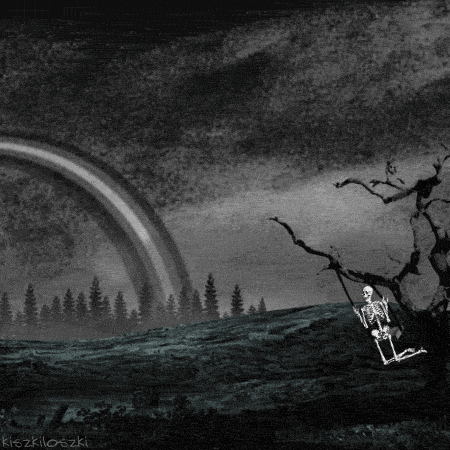- MBTI
- INFJ
- Enneagram
- 9 Mediator
I'm gonna play with this guy tonight. Pure random impulse. 
Thought I'd share.
To sign up for tonight, click here:
[TR]
[TD="class: ecxmcnImageBlockInner"] [TABLE="class: ecxmcnImageContentContainer, width: 100%, align: left"]
[TR]
[TD="class: ecxmcnImageContent, align: center"]
 [/TD]
[/TD]
[/TR]
[/TABLE]
[/TD]
[/TR]
[/TABLE]
[TABLE="class: ecxmcnTextBlock, width: 100%"]
[TR]
[TD="class: ecxmcnTextBlockInner"] [TABLE="class: ecxmcnTextContentContainer, width: 100%, align: left"]
[TR]
[TD="class: ecxmcnTextContent, align: center"] If you want to share in a unified field of healing and powerful positive intention for your life and the life of those around you, check out the event details below: EVENT DETAILS: Friday Mar 11, 6 - 9pm PT Pure Source ‘Medi-Healing’: Meditation and Healing Mas works as a powerful conduit that connects you directly with Pure Source. While his abilities are a mystery, the tangible benefits many have received through his work are not. During the Medi-Healing, the group is immersed in the purest and most potent Source frequencies and participants experience instant transformation in many areas of life. [/TD]
[/TR]
[/TABLE]
[/TD]
[/TR]
[/TABLE]
[video=youtube;vaZITKcllf4]https://www.youtube.com/watch?v=vaZITKcllf4[/video]
Thought I'd share.
I am excited to introduce you to MAS SAJADY. Mas is teaching tonight and we want you to be there. Mas is a spiritual leader and healer who, after two near-death experiences, discovered he had acquired a profound ability to transform others in every area of their life. Mas 'edits' your blueprint at the core frequency level for effortless transformations in all areas of life - physical, financial, spiritual, relational, and more - with rapid, tangible and documented results. I have personally worked with Mas and I can attest to his efficacy. He is the real deal. Check out his video below:
JOIN US FOR HIS FREE INTRODUCTORY ONLINE EVENT TONIGHT 6-8pm PT. This experience has a $50 value. However, as a friend of UNIFY, Mas has gifted this event for absolutely free to the UNIFY family. There will be no sketchy salesmanship and no sleazy pitches. The power of Mas’s work speaks for itself.
We want to give you this opportunity to connect with Mas because we believe in his work and his mission.
To sign up for tonight, click here:
and enter coupon code UNIFYMAS
(After clicking the link, scroll down and choose "get your virtual ticket now", then enter code UNIFYMAS)
[TABLE="class: ecxmcnImageBlock, width: 100%"](After clicking the link, scroll down and choose "get your virtual ticket now", then enter code UNIFYMAS)
[TR]
[TD="class: ecxmcnImageBlockInner"] [TABLE="class: ecxmcnImageContentContainer, width: 100%, align: left"]
[TR]
[TD="class: ecxmcnImageContent, align: center"]

[/TR]
[/TABLE]
[/TD]
[/TR]
[/TABLE]
[TABLE="class: ecxmcnTextBlock, width: 100%"]
[TR]
[TD="class: ecxmcnTextBlockInner"] [TABLE="class: ecxmcnTextContentContainer, width: 100%, align: left"]
[TR]
[TD="class: ecxmcnTextContent, align: center"] If you want to share in a unified field of healing and powerful positive intention for your life and the life of those around you, check out the event details below: EVENT DETAILS: Friday Mar 11, 6 - 9pm PT Pure Source ‘Medi-Healing’: Meditation and Healing Mas works as a powerful conduit that connects you directly with Pure Source. While his abilities are a mystery, the tangible benefits many have received through his work are not. During the Medi-Healing, the group is immersed in the purest and most potent Source frequencies and participants experience instant transformation in many areas of life. [/TD]
[/TR]
[/TABLE]
[/TD]
[/TR]
[/TABLE]
[video=youtube;vaZITKcllf4]https://www.youtube.com/watch?v=vaZITKcllf4[/video]










